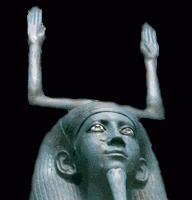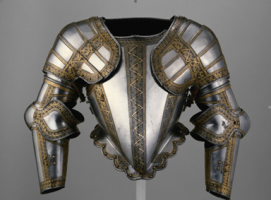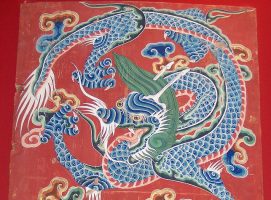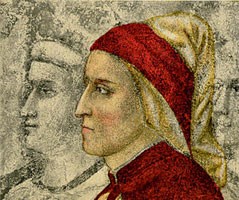Showing 99 articles
Renaissance Art and the Enigmatic Genius of Giorgione
Author: Agostino DominiciJuly 25, 2016
The Royal Academy of Arts has recently put together an excellent exhibition presenting some of the greatest painters of the high Renaissance (c. 1490-1530) in a single show. The main intent of the exhibition was to revisit in particular the enigmatic figure of Giorgione, considered by many to be the founder of Venetian painting of [...]The Brilliance of the Bard!
Author: Siobhan FarrarJune 10, 2016
It is quite remarkable to consider how many words and phrases in regular use today were first penned by William Shakespeare. The literary critic Bernard Levin picked out a few of them: “If you have ever been tongue-tied, a tower of strength, hoodwinked or in a pickle, if you have knitted your brows, made a [...]Invisible Egypt
Author: Sabine LeitnerMay 17, 2016
In our culture the word ‘invisible’ is often taken to mean ‘non-existent’. But for the ancient Egyptians, the invisible was the cause of the visible and therefore, in a sense, more important. They realised that the form of a person, what they wear and how they appear is only a reflection of something internal which [...]William Morris, a 19th century idealist
Author: Natalia LemaMay 11, 2016
Although perhaps most famous as an English textile designer, William Morris (24 March 1834 – 3 October 1896) was also an artist, writer, translator and socialist activist. Inspired by the philosophy of John Ruskin (art critic and champion of the Pre-Raphaelites), Morris was against the tasteless industrial production of arts and promoted the hand-crafted art [...]Nemetona
Author: Natalya PetlevychApril 19, 2016
Many hundreds of years ago when the Romans ruled over vast territories in Europe, a man from Treveri (Trier, Germany) named Peregrinus embarked on a long journey to Aquae Sulis (Bath). The gods were merciful to him and, upon arrival, thankful Peregrinus erected an altar stone to Nemetona and Loucetius Mars, to the Mistress of a [...]Chivalry
Author: Niamh GallagherApril 19, 2016
Today, the terms chivalry and chivalrous are used to describe unusually courteous behaviour, especially that of men towards women. At the mention of chivalry, many women will sigh that “chivalry is dead” and lament the declining opportunities of being rescued by the fabled “knight in shining armour”. However, what do most of us truly know [...]Art for Enlightenment
Author: Miha KosirMarch 28, 2016
Masterpieces of Tibetan art found in the private temple of the Dalai Lamas have been reproduced and displayed for the first time in a special exhibition at the Wellcome Collection in London. The Lukhang, or “Temple to the Serpent Spirits” was built in the late 17th century on a lake behind the Potala Palace in [...]The Mandate of Heaven
Author: Miha KosirJanuary 24, 2016
The world is changing fast and countries are like other living beings: being born, growing, and even dying. A good illustration of this could be seen at a well-prepared exhibition at the British Museum called Ming Dynasty: 50 years that changed China. The Ming Dynasty (1386 – 1644) was an interval of native Chinese rule [...]Beauty in stone – the Greek Miracle
Author: Agostino DominiciJanuary 23, 2016
I have just learned that in the next few weeks the British Museum will be launching a major exhibition on Greek art – Beauty in the human form. Why is it that, despite the passage of twenty-five centuries, the beauty of Greek sculpture still commands so much attention? In what is sometimes called the Greek [...]Revival of the Renaissance
Author: Yaron BarzilayJanuary 20, 2016
Philosophy is an approach to life, a search for a way to try to live a little bit better, a little bit truer, everyday. But by what moral standards should we judge our actions? There is a difference between being immoral, and being amoral. Amoral means that there is no recognition of right and wrong [...]The Hermetic message of Dante
Author: Agostino DominiciDecember 23, 2015
Dante Alighieri is very well known in the world of art and literature, but not many people are aware of the hermetic and occult teachings he purposely disseminated throughout his works. Despite current historical misconceptions, Dante’s time, the so-called “Middle Ages”, was a time of great spiritual vitality, in spite of its contradictions (such as [...]










